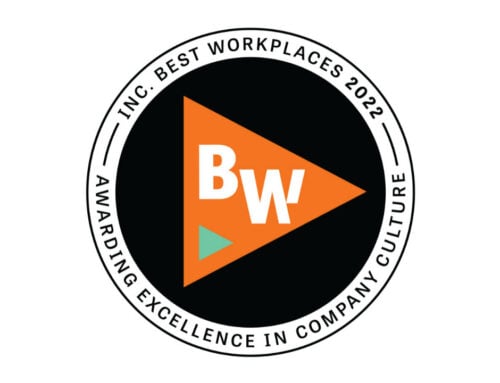Innovator: a person likely to conceive and develop new methodologies and technologies.
Early Adopter: a person who embraces new technology before most other people do.
In a recent Inc. Magazine article by Bobbie Gossage, "How to Get People to Change," Chip and Dan Heath, authors of Switch, explore the psychology behind change, specifically in the workplace. In today's economic climate, many organizations are looking at ways to reinvent themselves in hope of invoking a positive change in the work place. Whether "change" means accepting new ways of thinking or changing an entire business model, change is often inevitable.
According to Chip, "Part of us may want change, but part of us has this emotional connection to the way that we've always done things." As a result, many leaders that are trying to create change in their organizations are struck with opposition; likewise, leaders can be slow to change.
Most people have had experience working in an organization where outdated methods are in place and as a result, the organization suffers. I once worked at a job where appointments were penciled into a calendar, post-its took place of internal emails, and Facebook was merely a trend. When I started there, I would often suggest subtle changes to increase work flow, but after a while, I realized that the organization was stuck in their old ways and without the backing of a team, I felt helpless.
Luckily, Treeline takes pride in not only being an early adopter, but also an innovator. For instance, while other search firms rely mostly on outbound leads, Treeline's "Sales 2.0" business model relies mostly on inbound leads; in part because of our pioneering search software technology, DADO. We have completely changed our recruiting process, and as a result benefited from the results.
In the article, Gossage asks Chip and Dan Heath what they found to be a successful way for change to occur, especially when dealing with stubborn people. Chip and Dan recommend appealing to emotion instead of trying to argue with them. They suggest "looking for the bright spots," instead of focusing on what isn't working. If you look at what is currently working and what was successful in the past it "gives people a sense of hope and optimism that will motivate their behavior."
I can't express the importance of having a positive company "vibe." Chip and Dan Heath suggest creating a positive environment, which can be done with simple changes, such as the layout of your office. One CEO moved her computer from the middle of her desk to the right side, which caused her to be less distracted by emails and more susceptible to what her workers were telling her.
In the end, change has the power to affect an entire organization; without taking risks and making changes where would the most powerful and innovative companies be today?
Do you have any examples of change or lack of change in the workplace? Share your stories and let us know!
Gossage , Bobbie By Bobbie. "How to Get People to Change." Inc. Magazine. 01 Feb. 2010. Web. 17 June 2010. http://www.inc.com/magazine/20100201/how-to-get-people-to-change.html.
Join Our Network! Treeline, Inc. has created one of the largest sales communities on the internet.
Share This Story, Choose Your Platform!
What our happy clients are saying
Contact Us for a Free Consultation
Tell us more about your business and how we can help.











